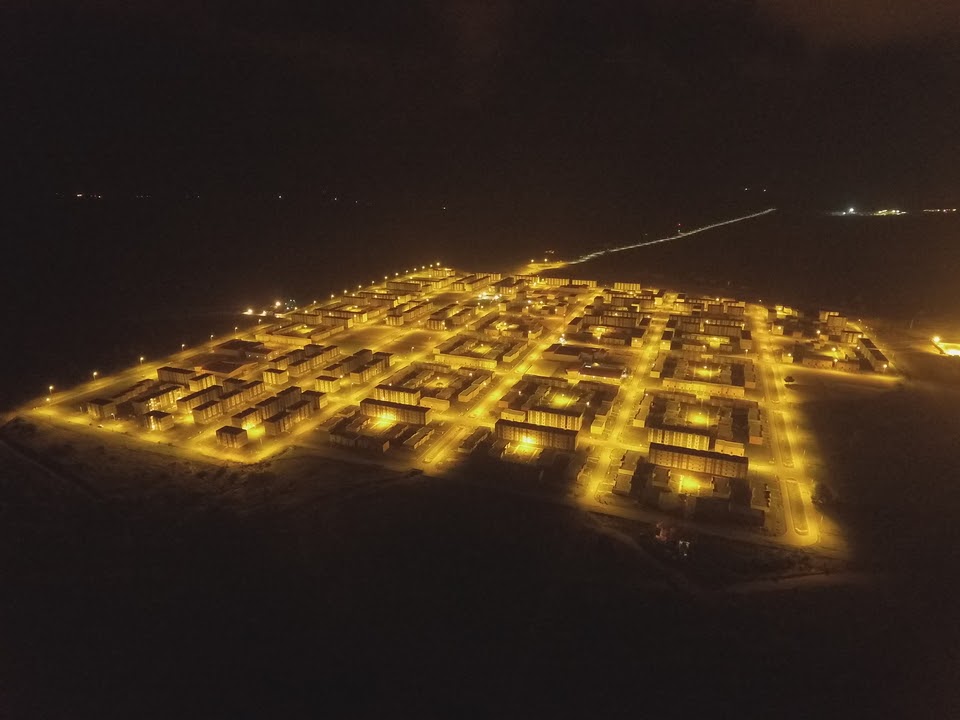Can you provide a brief overview of Africa’s energy market, challenges and potential?
Africa’s energy market is rich in solar, wind, hydropower, and oil and gas resources, with rising demand from a growing population. Yet, 600 million in sub-Saharan Africa lack electricity, infrastructure limits distribution, funding is inadequate, and complex regulations deter investments. Despite these challenges, Africa’s solar potential alone could exceed its electricity needs. Regional integration, innovative financing, and renewable energy offer opportunities to transform the energy landscape and drive sustainable economic growth.
Should Africa focus on localized energy solutions or adopt a Pan-African strategy? How can these approaches work together?
Africa needs both. Localized solutions address immediate, country-specific energy needs, while a Pan-African strategy is equally vital for long-term success, as it creates a unified framework that enables the continent to leverage its abundant shared resources—such as hydropower, solar— to build interconnected energy infrastructure. A unified strategy fosters shared economic growth and resilience by enabling cross-border collaboration, harmonizing policies to reduce inefficiencies.
With Africa’s rich energy resources like hydropower and solar, what steps can maximize their potential?
Africa must optimize production and invest in infrastructure to distribute energy effectively. This includes upgrading transmission networks, integrating renewables like hydropower and solar into national grids, and building regional interconnections to share surplus energy. Aligning production with infrastructure capacity will help meet local demand and enable efficient energy exports.
What are the key infrastructure challenges in distribution and transmission, and how can they be addressed?
Africa’s key energy challenge lies in inadequate distribution and transmission infrastructure, creating a “poor energy experience” despite abundant resources like hydropower and solar, which prevent energy from reaching those who need it most. Addressing this requires significant investment in building and upgrading infrastructure, fostering public-private partnerships, and implementing innovative financing solutions to de-risk projects. Cross-border collaboration can also ensure more efficient and widespread energy distribution, connecting surplus energy to areas with deficits.
How can governments and private investors collaborate to drive energy development?
Governments can create favorable conditions for private investment by offering guarantees, risk-sharing mechanisms, and clear policies. Private investors bring the capital and operational expertise to develop and scale projects. Development finance institutions can also play a crucial role by providing concessionary funds and facilitating partnerships between the public and private sectors.
What role do regional projects play in expanding energy access across Africa?
Regional projects, such as cross-border energy corridors, are vital for creating interconnected energy networks that optimize resource use and reduce costs. They allow surplus energy from one country to meet the demands of another, fostering economic integration and stability. Initiatives like the Lobito Corridor demonstrate how regional collaboration can unlock Africa’s energy potential and drive economic growth.
